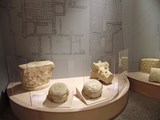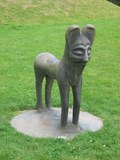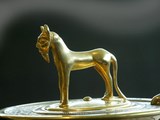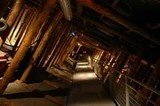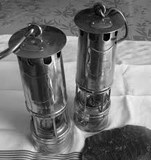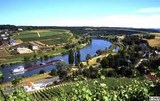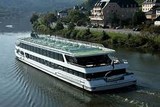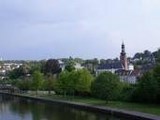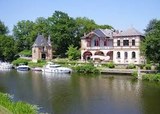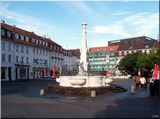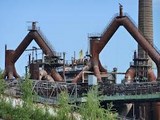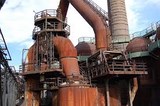A visit in the day
bliesbrueck-Reinheim (69 km)
Archaeological European of Bliesbruck - Reinheim was laid out in the quiet valley of the Blies. It is the model of Franco-German cooperation where all means are implemented to enable visitors to live and share the different stages of research, since the search until the reconstitution of the past.
..
City of Metz (47 kms)
Metz (pronounced [mɛs] [pronunciation of the title in its original version] listen) is a municipality located in the northeast of the France. It is the prefecture of the Department of the Moselle and the Lorraine region. Its inhabitants are called the Messins and the Messines.
Metz testifies in the richness of its heritage of a story begun three thousand years ago. Autonomous City, Celtic oppidum of the Mediomatriques tribe, then quoted Roman as Divodorum, lost and then Metz became the capital of the Kingdom of Austrasia and the cradle of the Carolingian dynasty.
Musée de la mine in Petite Rosselle (42 kms)
The carreau Wendel "The Mine" Museum is situated on two neighbouring sites, the carreau Wendel and Vuillemin tile located in Petite-Rosselle, in Lorraine. Before the nationalization of 1946, these two pits belonged to the company of the collieries of Petite-Rosselle2. Even if they were neighbours, these two seats of extractions operated two different fields separated by a faille2. He is currently the most complete coal site in France
Luxembourg (60kms)
Luxembourg, although modest in its area, offers an astonishing diversity of enchanting landscapes to discover throughout the year:
In the center, the capital and its surroundings are characterized by a more that millennial fortress city and the Valley of the seven castles;
to the North, the Luxembourg Ardennes dazzle by the high plateaus and valleys incised;
to the East, the Mullerthal, also called the small Luxembourg Switzerland, seduced by rocks to the surprising forms;
the Moselle captivates by its vineyards;
to the South, the land of the Red Earth as well impresses with its open mines by its industrial and architectural heritage.
City of Saarbrücken (35kms)
Want to make knowledge of Saarbrücken and the Sarrebrueckois? The best way to discover the past and the present of Saarbrücken, is yet to visit the city on foot. At the bend you will find streets, many works erected by Friedrich Joachim Stengel, the baroque architect, who in the 18th century, scored his decisive mark the image of the city.
Völklinger Hütte - world heritage of UNESCO (25 kms)
Völklingen steelworks, the Völklinger Hütte is a gigantic industrial complex dating back to the golden age of the steel industry and one of the exceptional sites classified world cultural heritage at UNESCO. Founded in 1873, the plant ceased operations in 1986 and has been classified historical monument. Witness to the peak of the processing of iron and steel industry, this complex is the only one in the world to have been preserved in its integrity. Today, it is a cultural site surprising of 21st century.
Theme park and discovery on iron, steel and industrial culture.
